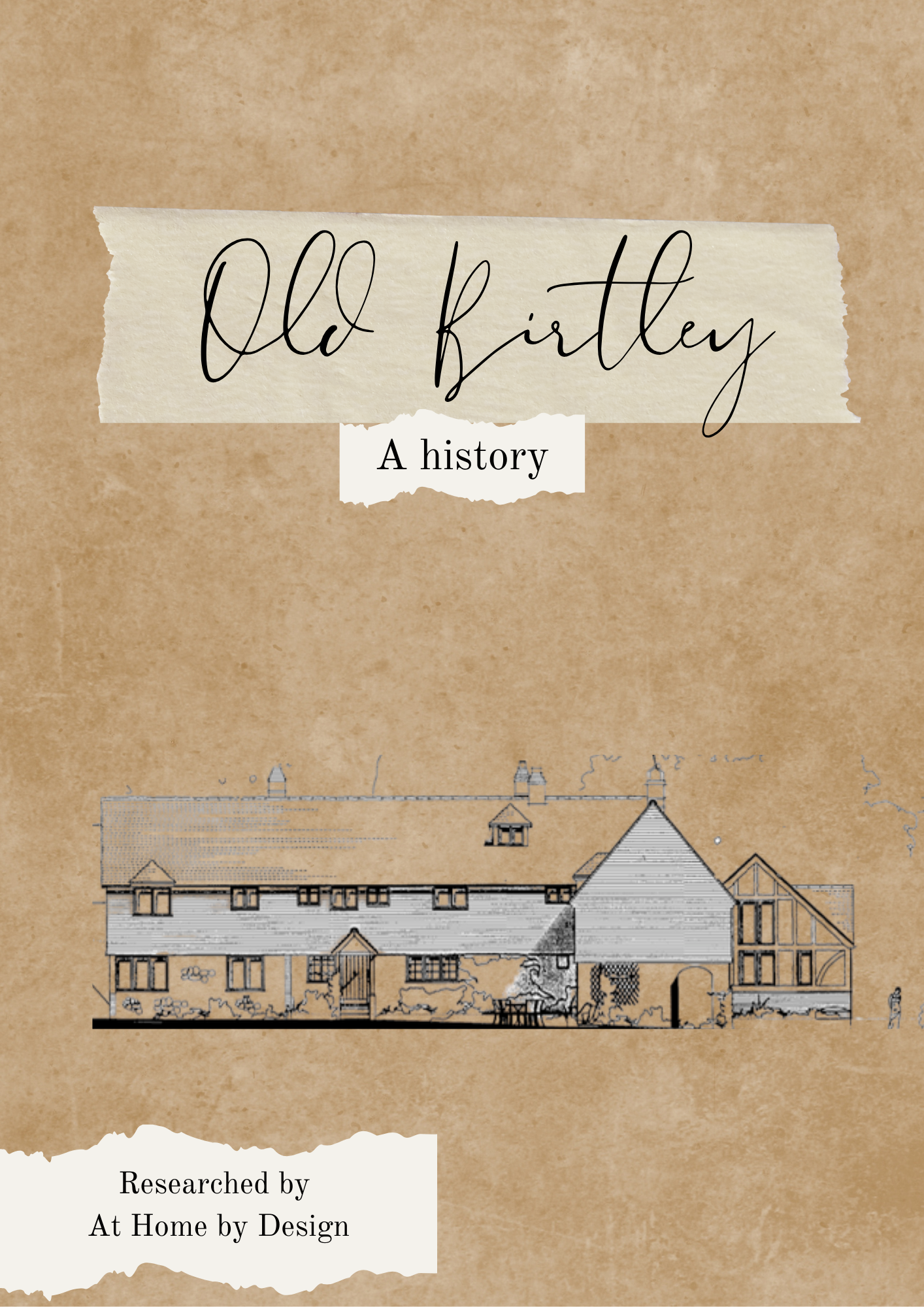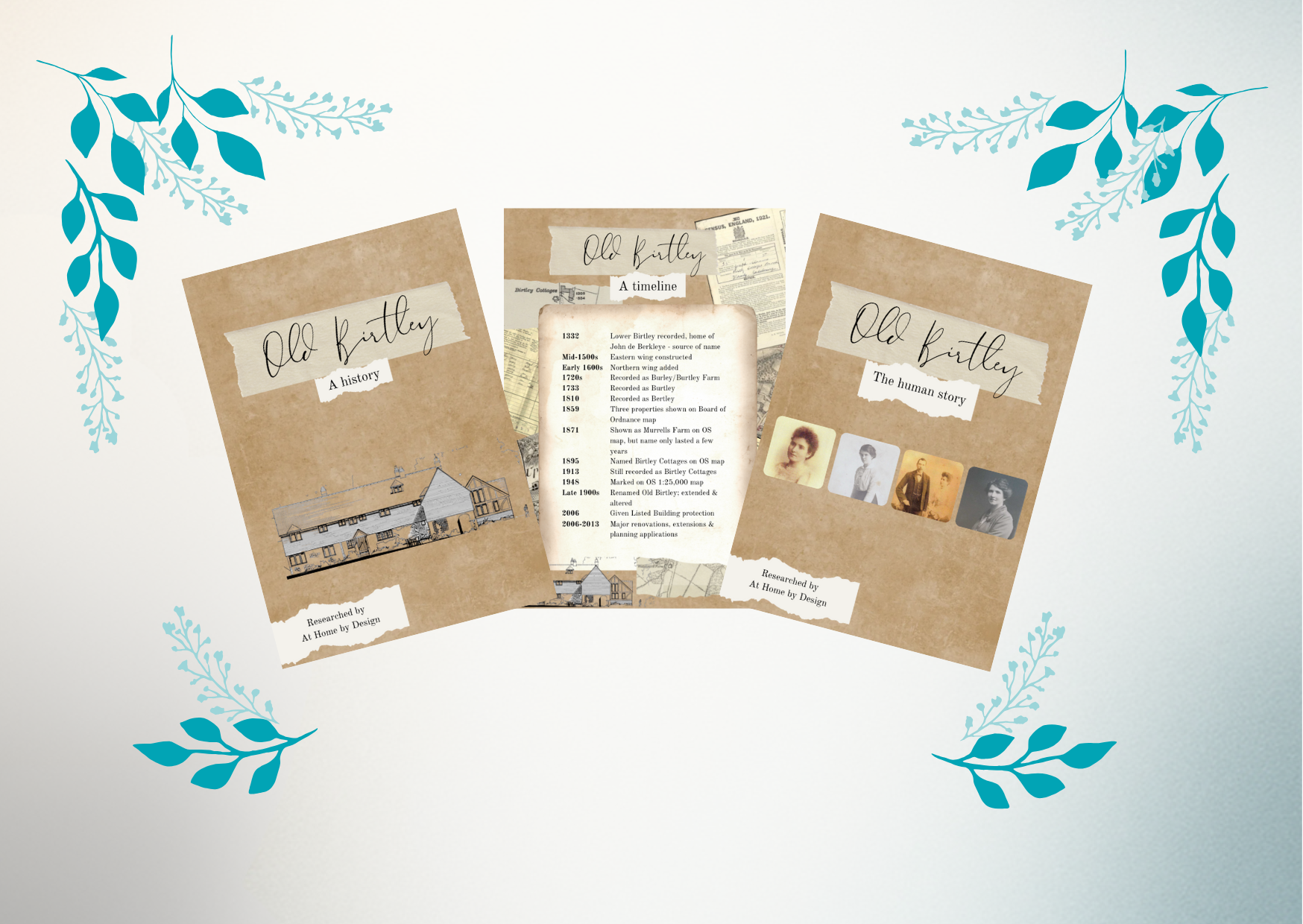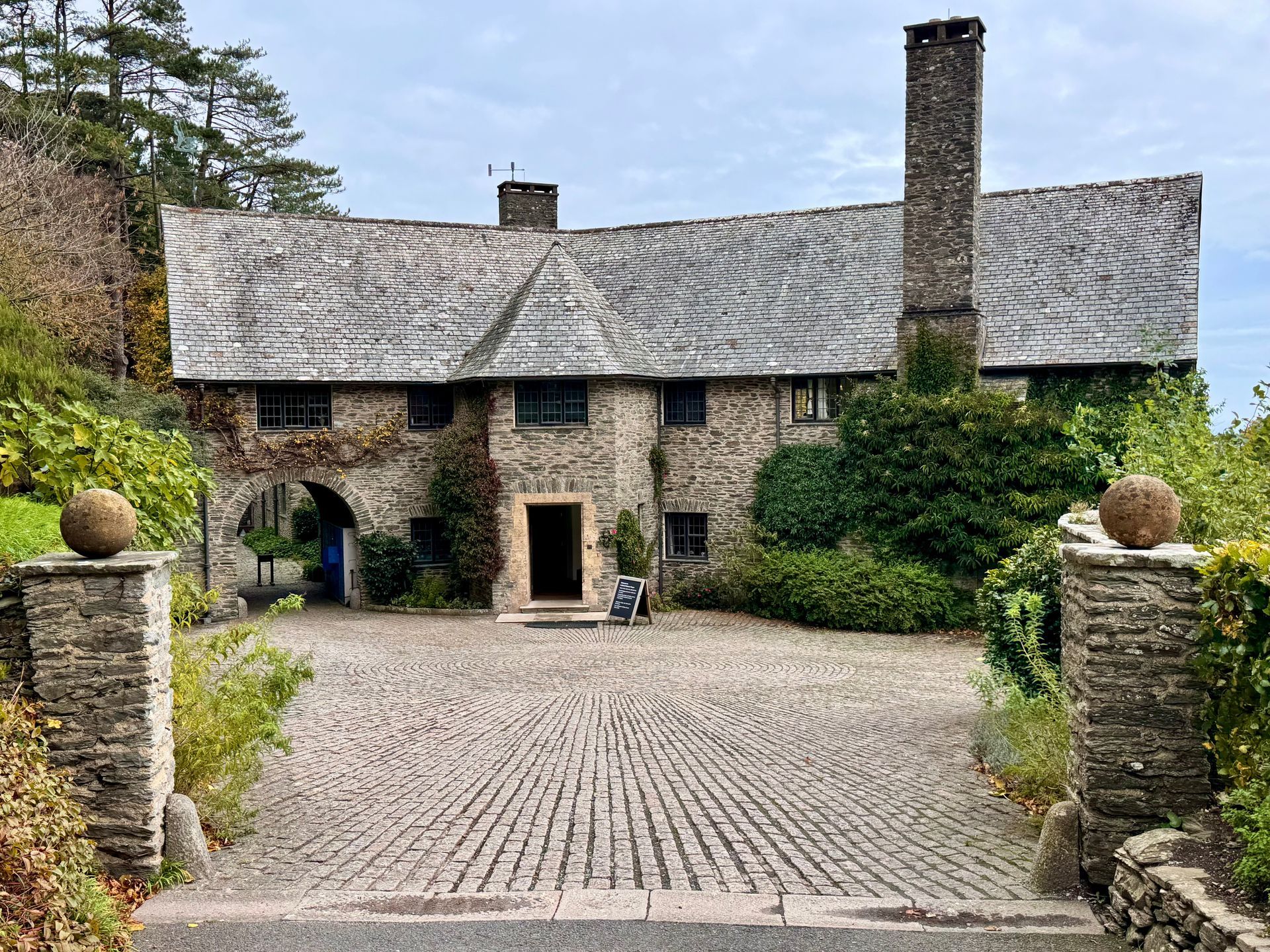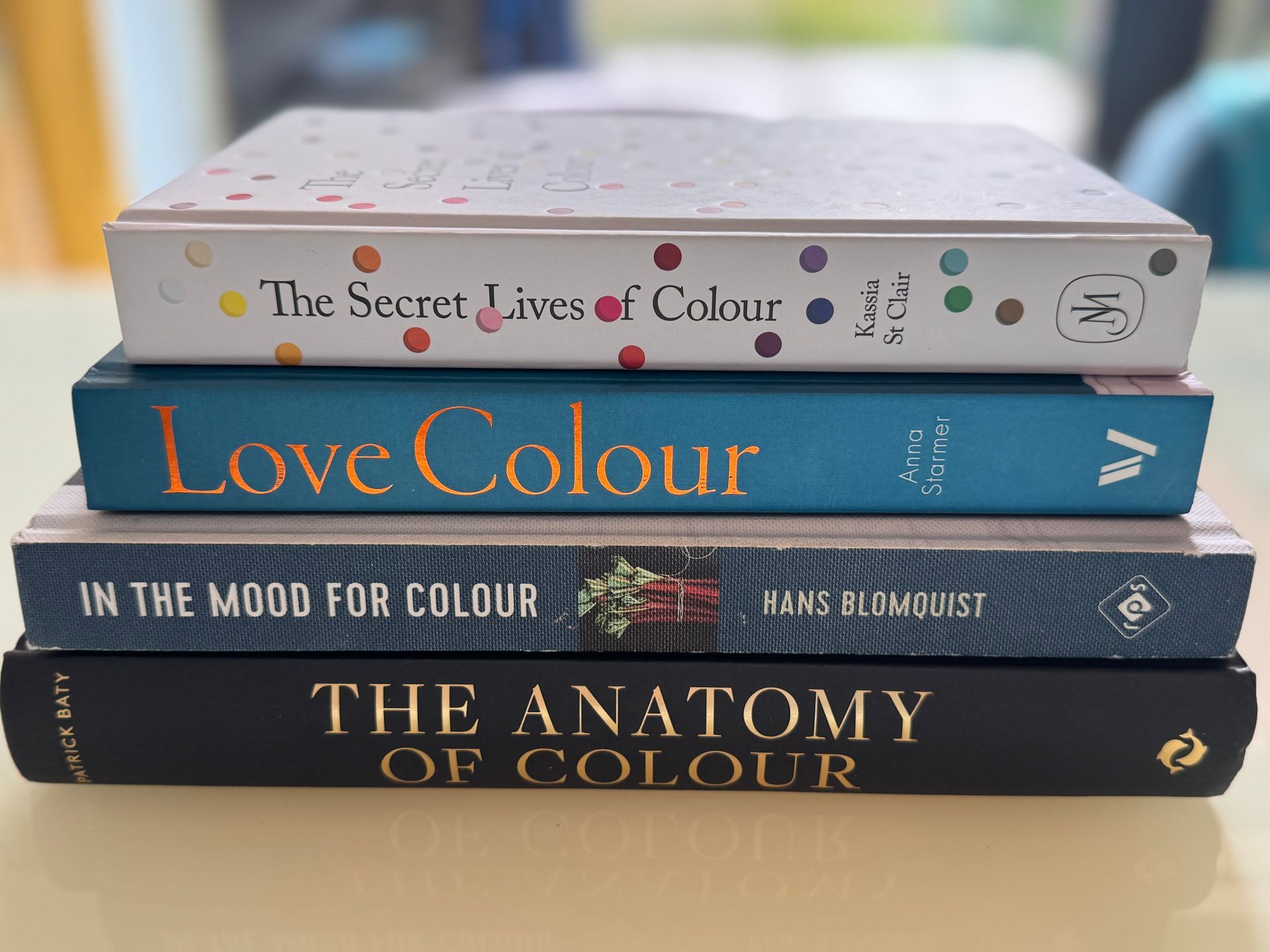A Conversation With Anna Hunter
The house, perched above the village of Wonersh in the Surrey Hills, was originally designed and built between 1893 and 1895 for Aemilia “Maggie” Margaret Guthrie, the daughter of Ellinor Arbuthnot. At the time, Maggie was completing her medical studies, preparing to qualify as a GP and then as a surgeon.
However, she didn’t live in the house long, moving to Scotland after marrying Ninian Elliott, from an estate on the Isle of Mull. In 1897, the house was sold to Lord Rendel of Hatchlands Park, who purchased it for his widowed daughter, Rose, and her young son, future architect Harry Stuart Goodhart‑Rendel.
Lutyens’ biographer, Christopher Hussey, described the house as resembling a medieval manor house altered in Elizabethan times, a view echoed by Lutyens’ bold experimentation in materials and vertical structure. The house was built of Bargate stone quarried from the hillside below. Care was taken to graduate the size of stone block, from large at the base to small at the roof, to accentuate the imposing vertiginous nature of the building. With its oak-panelled ceiling, flamboyant Gothic traceried windows, sculptured stone corbels and a grand inglenook fireplace, it’s hard to believe that this was Lutyens’ first major commission.,
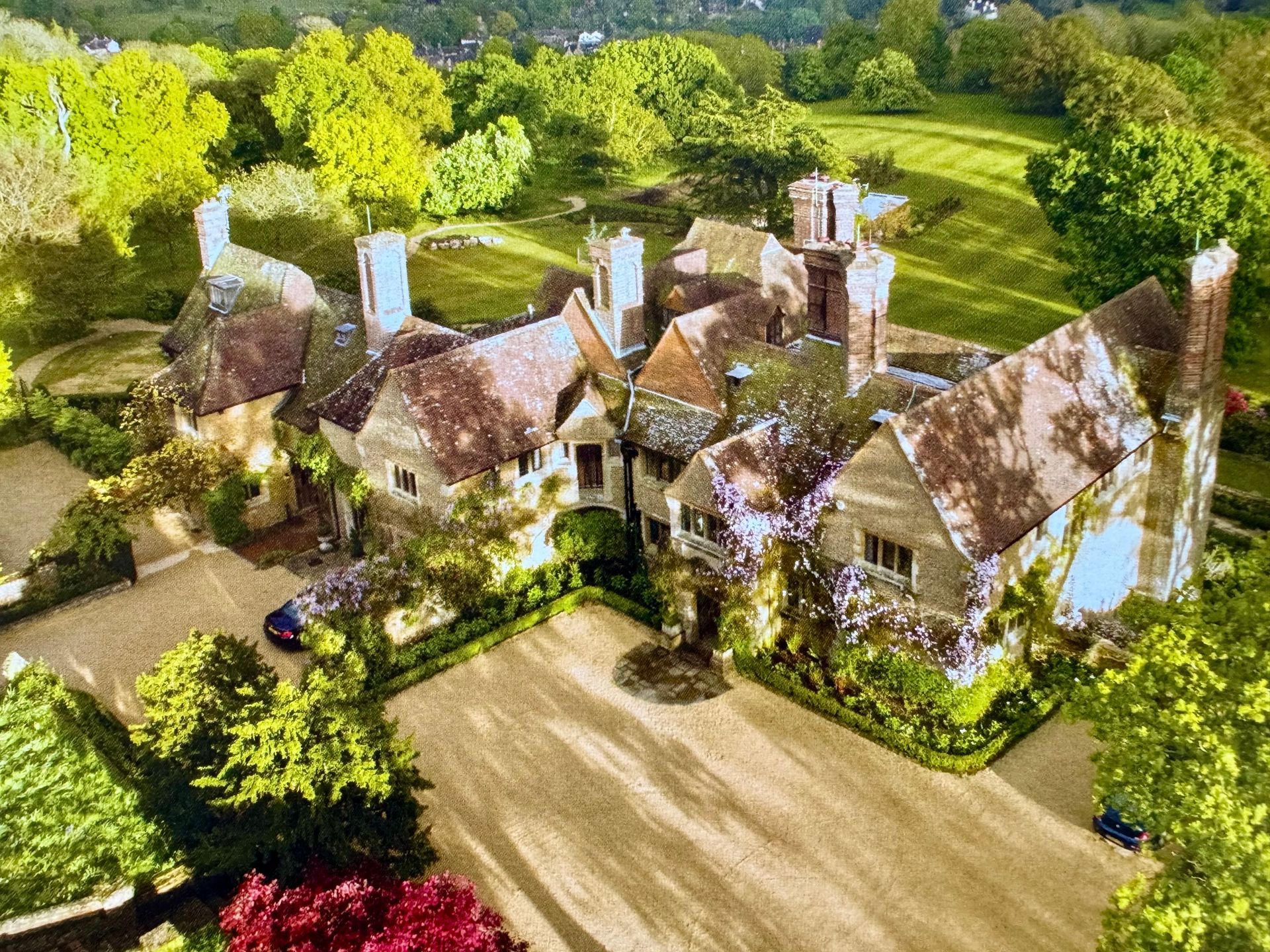
Slide title
Write your caption here
Button
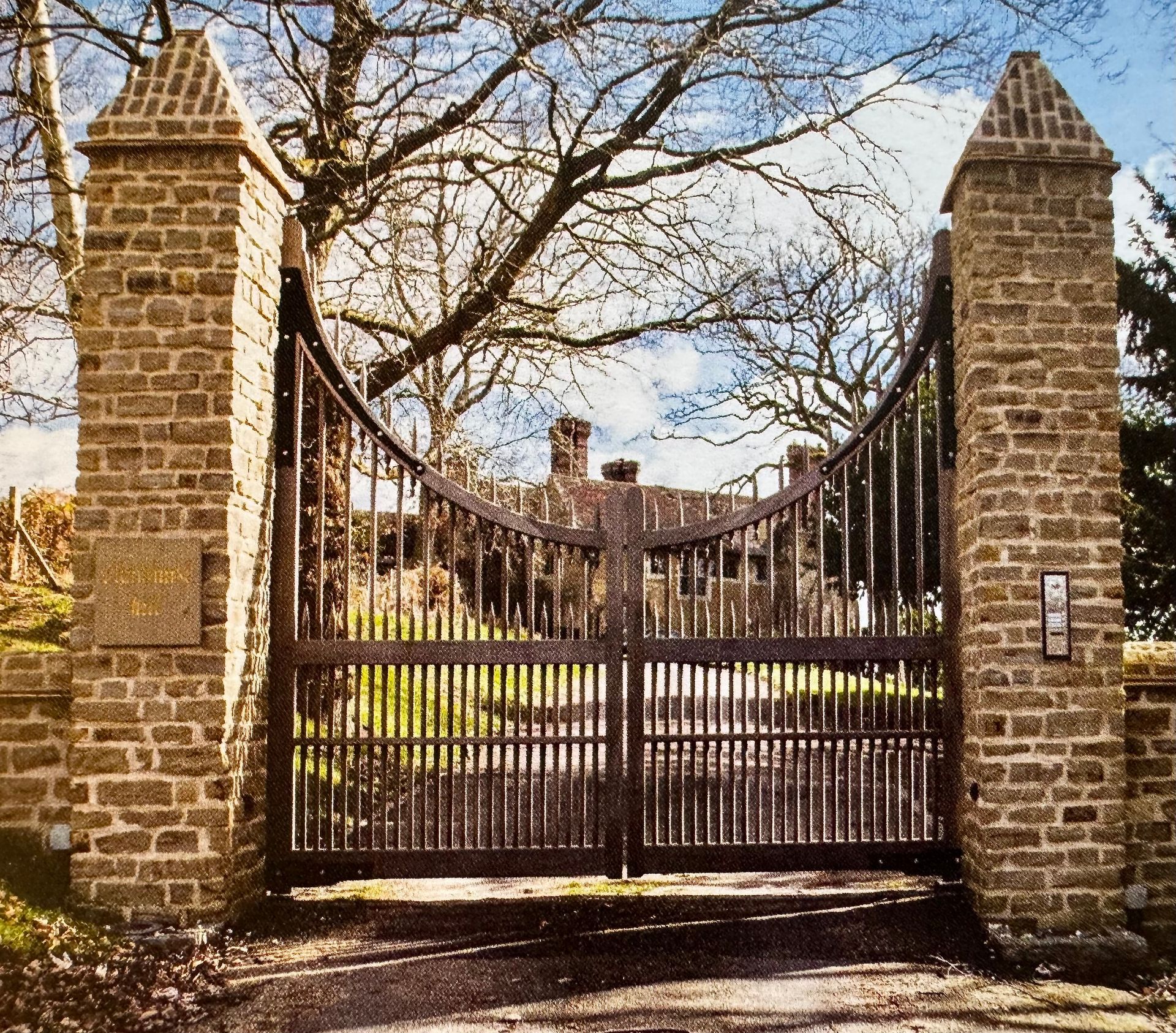
Slide title
Write your caption here
Button
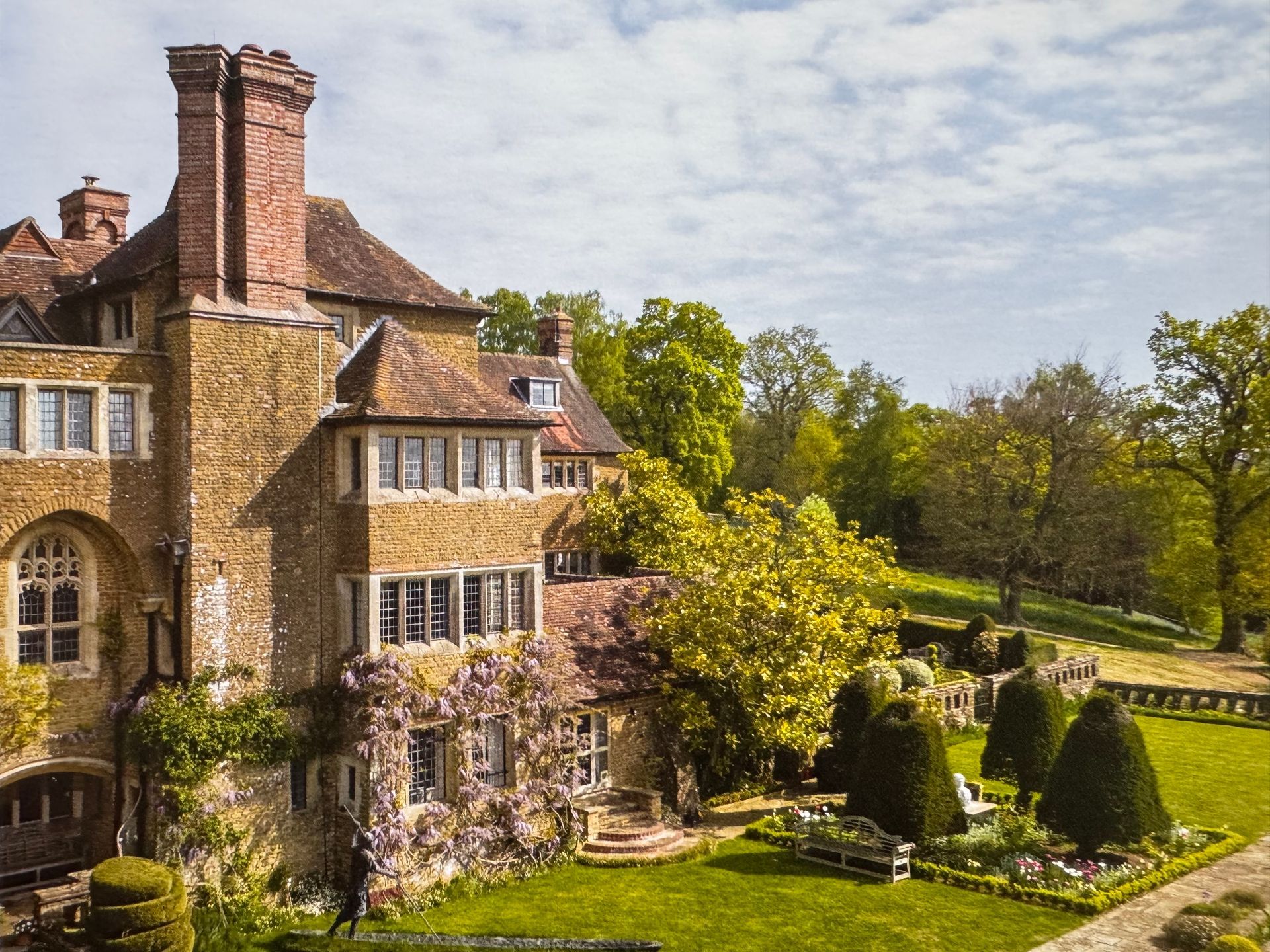
Slide title
Write your caption here
Button
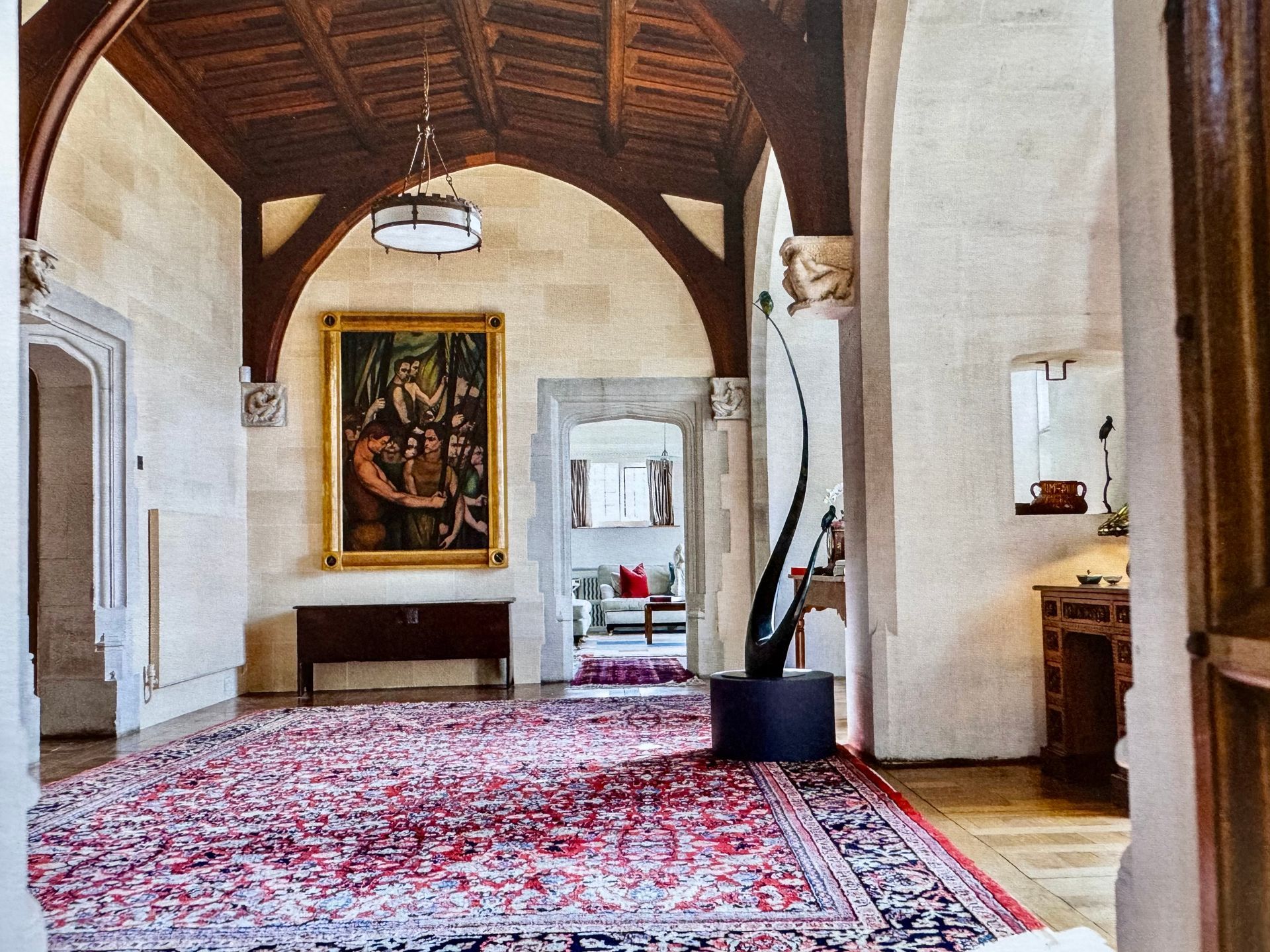
Slide title
Write your caption here
Button
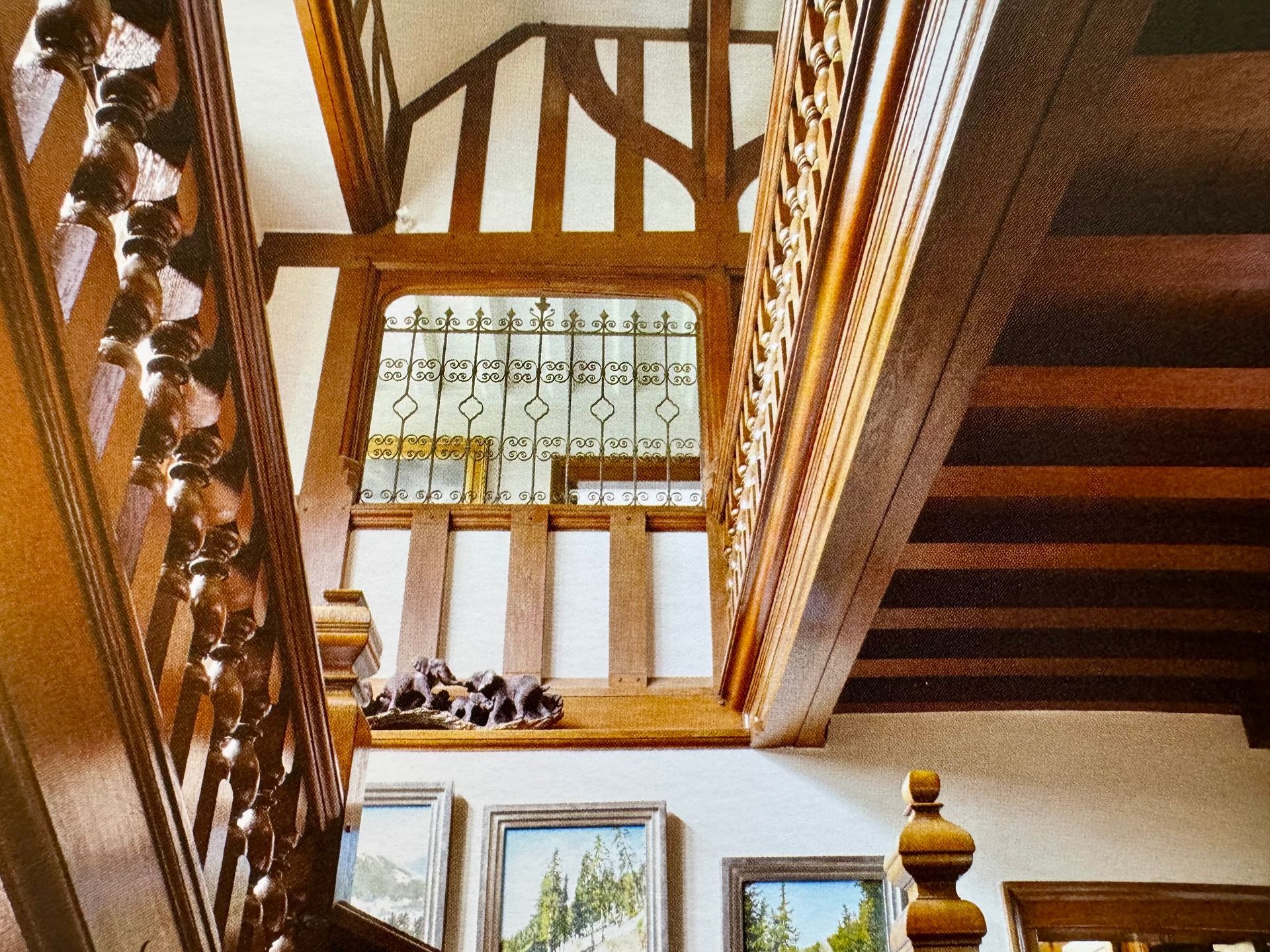
Slide title
Write your caption here
Button
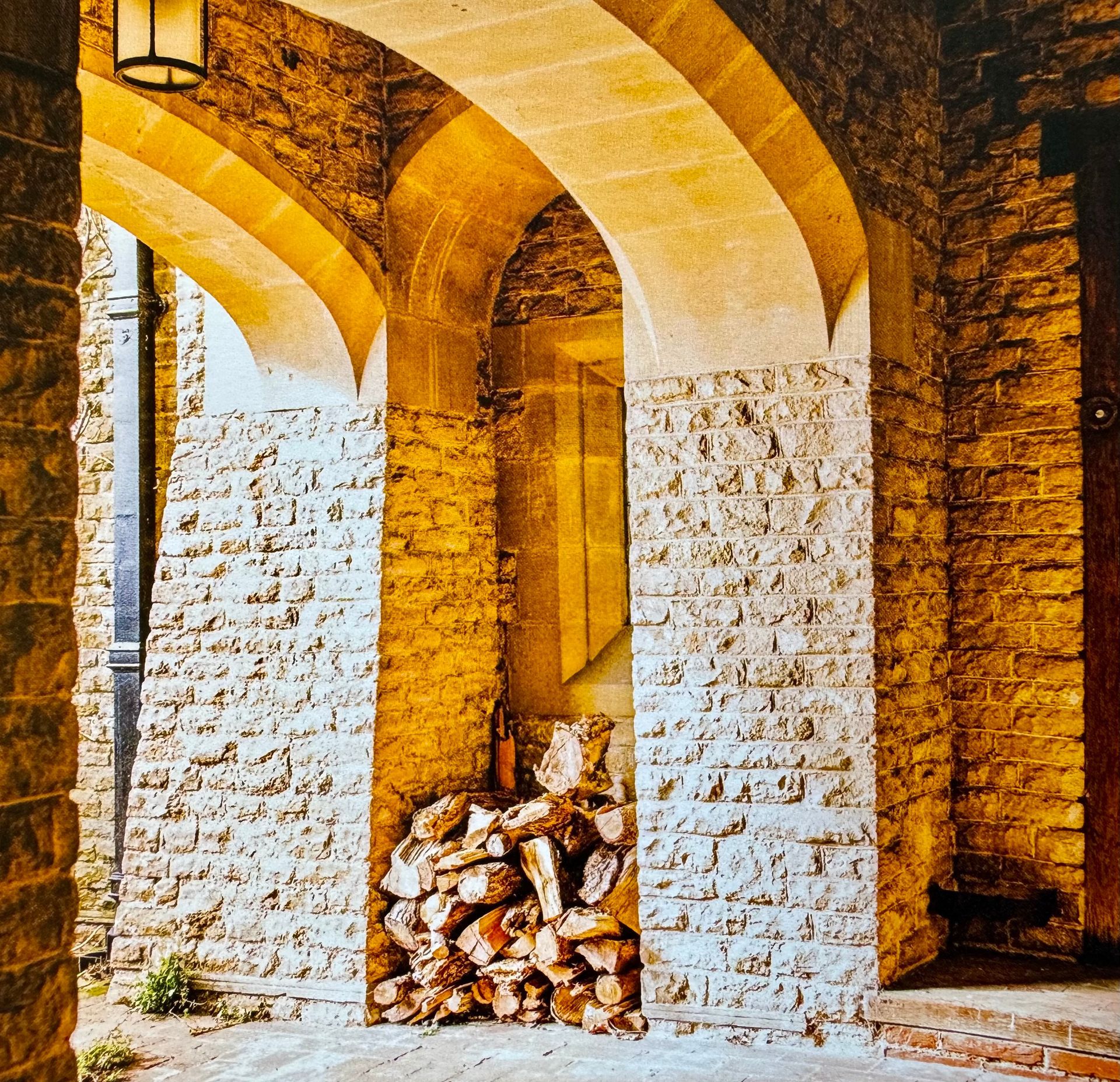
Slide title
Write your caption here
Button
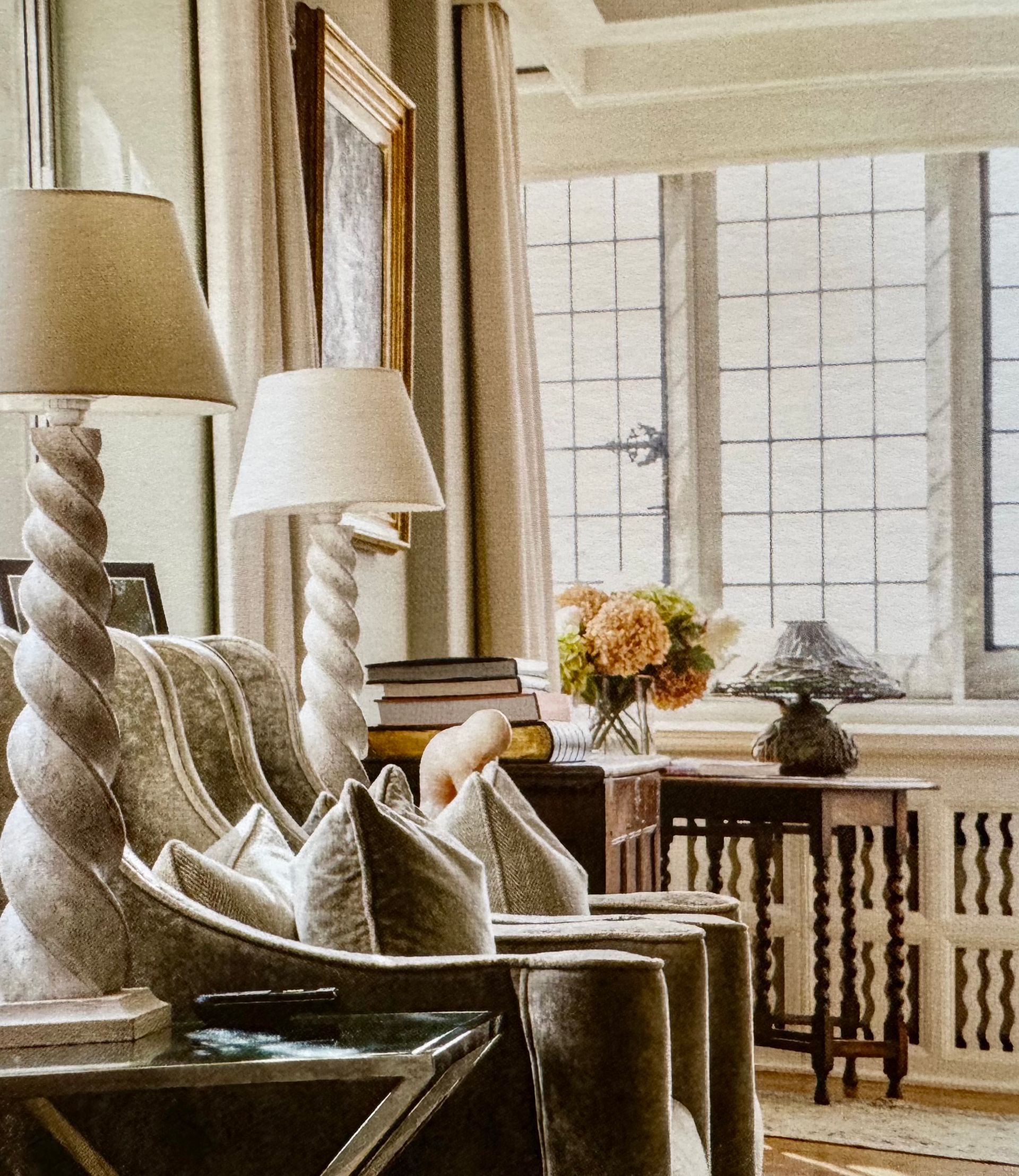
Slide title
Write your caption here
Button
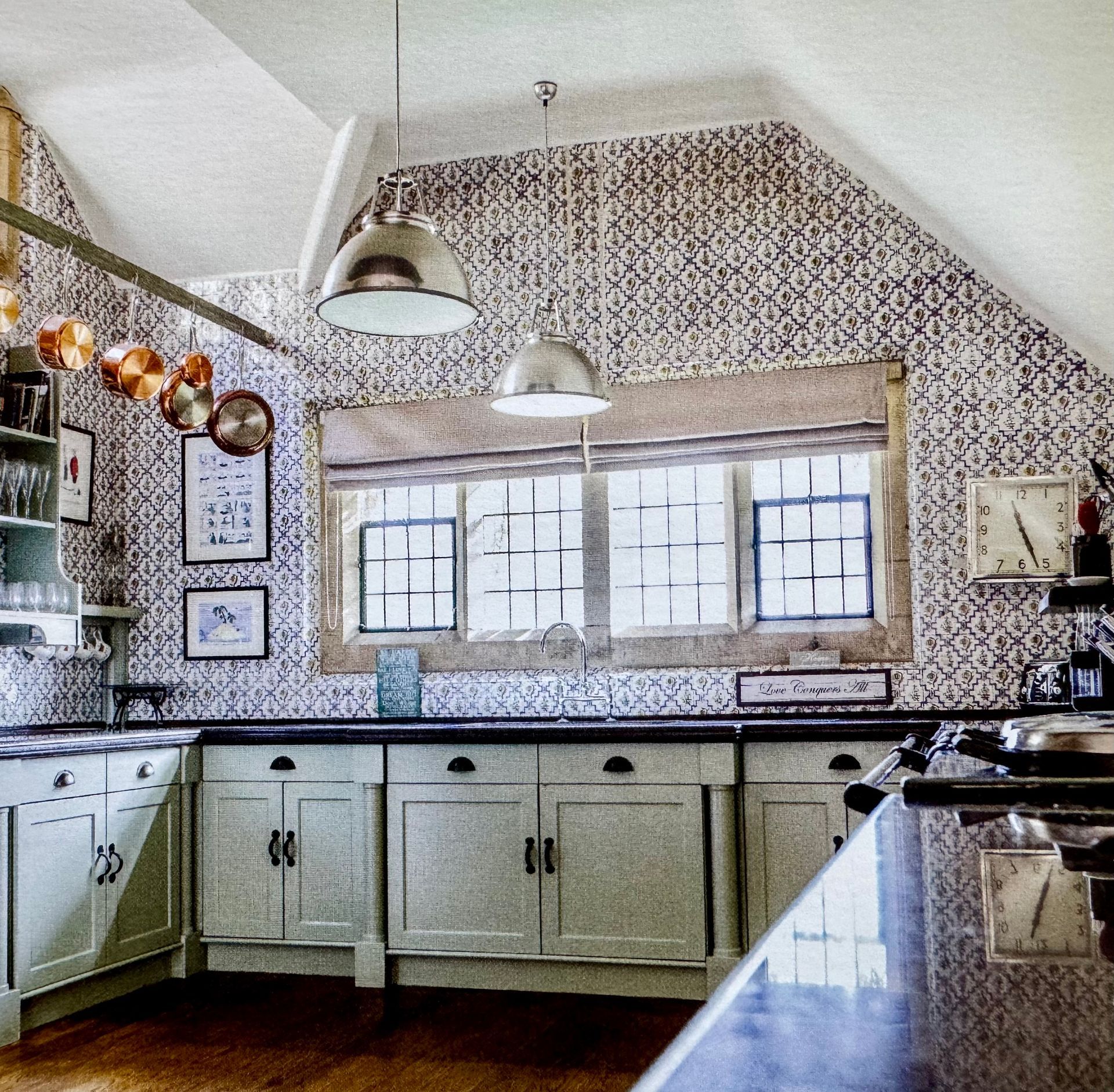
Slide title
Write your caption here
Button
A New Chapter
When I spoke to Anna, her love of the building was immediately clear. “I always felt Chinthurst Hill was a happy house,” she said. “It deserved to be whole again, and to be loved. I just wanted to do the building proud.”
And she did.
Anna is no stranger to the quiet determination needed for sensitive restoration. A long-time admirer of the Arts and Crafts movement, she was drawn to Chinthurst Hill’s craftsmanship and honest materials, Lutyens’ hallmarks. She said: “It was all there beneath the surface, the bones of the house were beautiful. It just needed care, and a lot of patience.”
That patience was tested from the start. Anna began gently removing years of dirt while preserving the patina of age. Floors were renovated to their former glory. Where original plaster mouldings had been lost, they were painstakingly recreated, referencing archive photographs and Lutyens’ drawings.
“I didn’t want to put a modern gloss on it,” Anna explained. “It had to feel as if it had always been that way.”
The result is a triumph, which hasn’t gone unnoticed. With new owners and a new extension, Chinthurst Hill recently won awards for its architectural sensitivity and overall execution, including best design in an historic context, at the Surrey Heritage Awards 2025.
For Anna, the renovation of Chinthurst was something personal: the feeling that she was a custodian, not just a homeowner.
“The best compliment I ever had,” she told me, “was someone walking in and saying, ‘It’s as if this is how it always was.’ That meant everything to me.”
And while the restoration brought the house back to its former glory, it also needed to work as a modern family home. Anna managed this with a light touch, adding sympathetic updates that enhanced, rather than disrupted, the historic fabric. Rooms flow effortlessly, with generous proportions and elegant simplicity. “The light was incredible,” she said. “And the views! You could see for miles. Every window framed something beautiful.”
A Legacy in the Landscape
Before she moved on, Anna left one final gift to the land: a vineyard. “I wanted to give something back,” she said. “The soil and setting were perfect, and now it’s producing wine. That feels like such a lovely continuation of the story.”
As an interior design company, we often talk about the importance of a house reflecting its past, while offering comfort and joy in the present. Anna’s journey with Chinthurst Hill embodies that philosophy perfectly, a testament to what’s possible when vision, respect and heart come together.
This wasn’t just a renovation of materials. It was a restoration of identity. And a celebration of all that Lutyens, and the Arts and Crafts movement, stood for.










